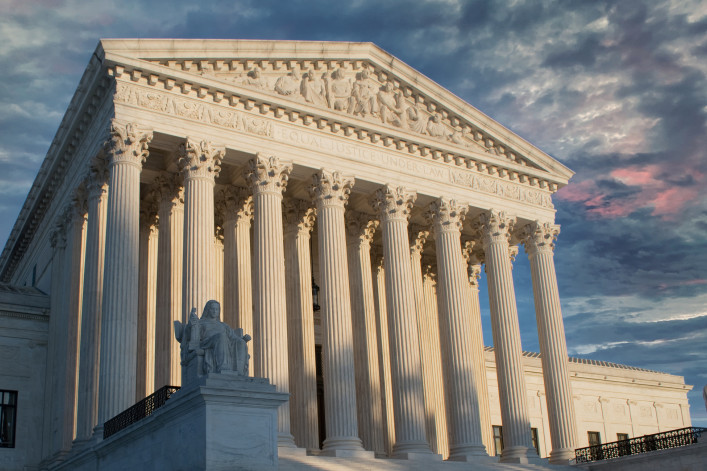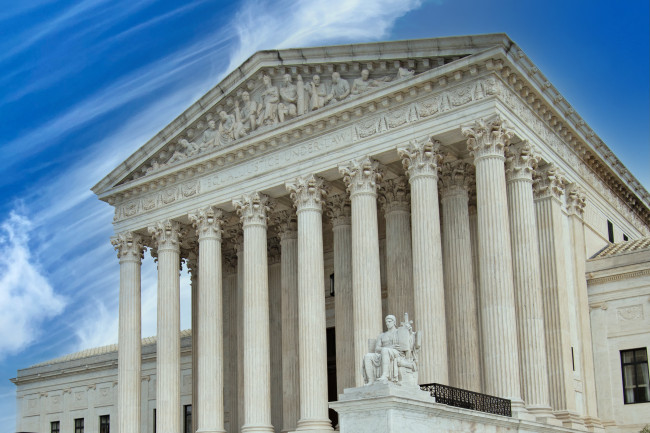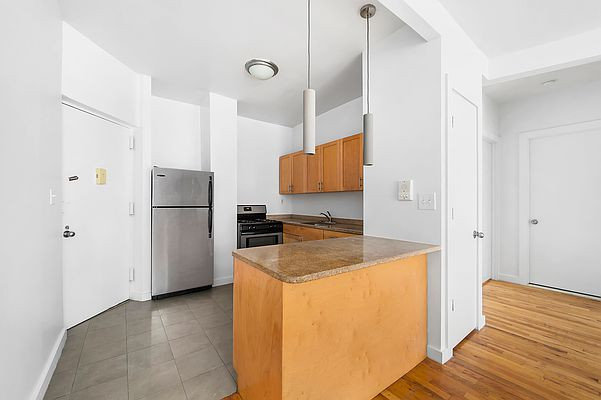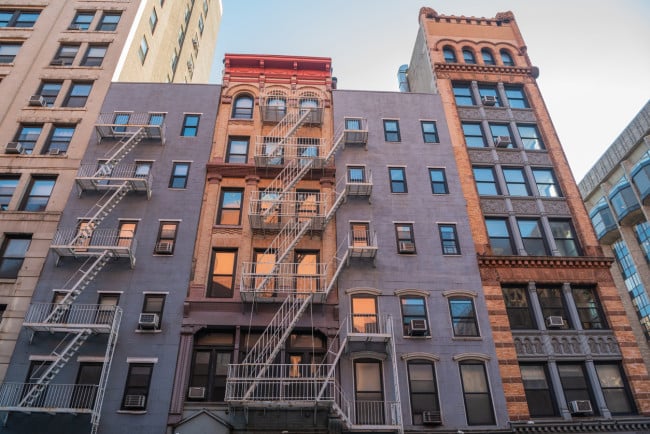U.S. Supreme Court declines to hear another challenge to NYC’s rent stabilization law
- The U.S. Supreme Court won’t hear arguments from landlords that NYC’s rent stabilization law is unconstitutional
- The court already rejected a similar appeal from a group of property owners in October of last year

The court left the door open for a future challenge to NYC's rent stabilization law.
iStock
The U.S. Supreme Court will not consider two remaining challenges to New York City’s decades-old Rent Stabilization Law, in a Tuesday decision hailed as a victory for stabilized tenants.
Justices declined to hear appeals from apartment building owners who argued that rent stabilization—which caps rent increases and makes it harder to evict tenants of regulated buildings—unconstitutionally takes a landlord’s property without compensation.
For tenants, the decision means that the city’s rent stabilization system won’t change for the moment, says Sam Himmelstein, a partner at Himmelstein McConnell Gribben & Joseph (and a Brick sponsor by the way). The ruling of lower courts, which previously rejected owners’ claims, will stand.
“The tenant community is breathing a sigh of relief,” Himmelstein says.
Leaving the door open for future challenges
The Supreme Court’s decision isn’t surprising given that it already declined to hear an earlier challenge to NYC’s Rent Stabilization Law in October. Justice Clarence Thomas, however, left the door open to hear a future case from property owners.
“The constitutionality of regimes like New York City’s is an important and pressing question,” wrote Thomas in a statement. “In an appropriate future case, we should grant certiorari to address this important question.”
Thomas could be encouraging landlords to “get their act together and give [the court] a better case” to overturn stabilization, Himmelstein says.
“In some ways, what Thomas seems to be saying is that the landlords didn’t plead their case well. He almost gave them guidance,” Himmelstein says. “We’re off the hook for now, but unless we get a better court…we’re still going to be on pins and needles going forward,” Himmelstein says.
History of the Rent Stabilization Law
New York’s Rent Stabilization Law, enacted in 1969, was intended to address rising rents and a shortage of affordable housing. It limits rent increases at most apartments in buildings with six or more units constructed before July 1st, 1974 that were not “substantially rehabilitated.” Developers often also agree to stabilize a certain number of apartments in exchange for tax abatements.
Landlords can only increase rent at levels set by the Rent Guidelines Board, and renters are entitled to automatically renew their stabilized apartments. In certain cases, a renter’s family can even inherit their lease. New York has amended its rent laws over the years and expanded tenant protections in 2019 through the Housing Stability and Tenant Protection Act, drawing legal challenges from landlords.
In the case the Supreme Court struck down on Tuesday, landlords argued that rent-stabilization violated the “takings clause” of the Fifth Amendment of the U.S. Constitution, which blocks the government from seizing a property without justly compensating its owner.
You Might Also Like



























